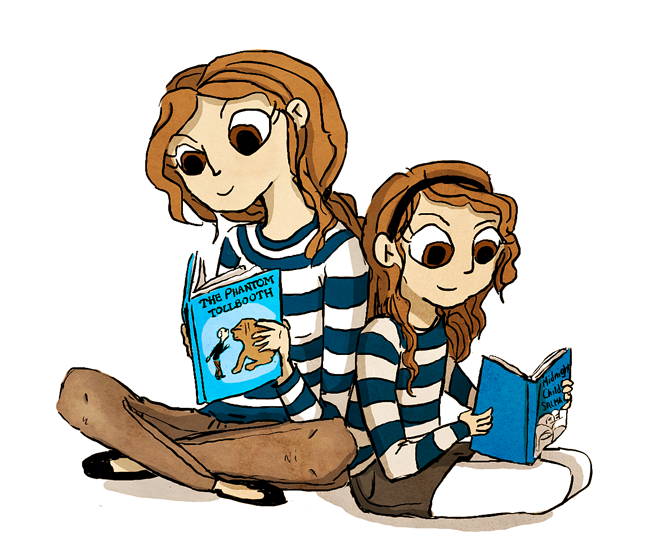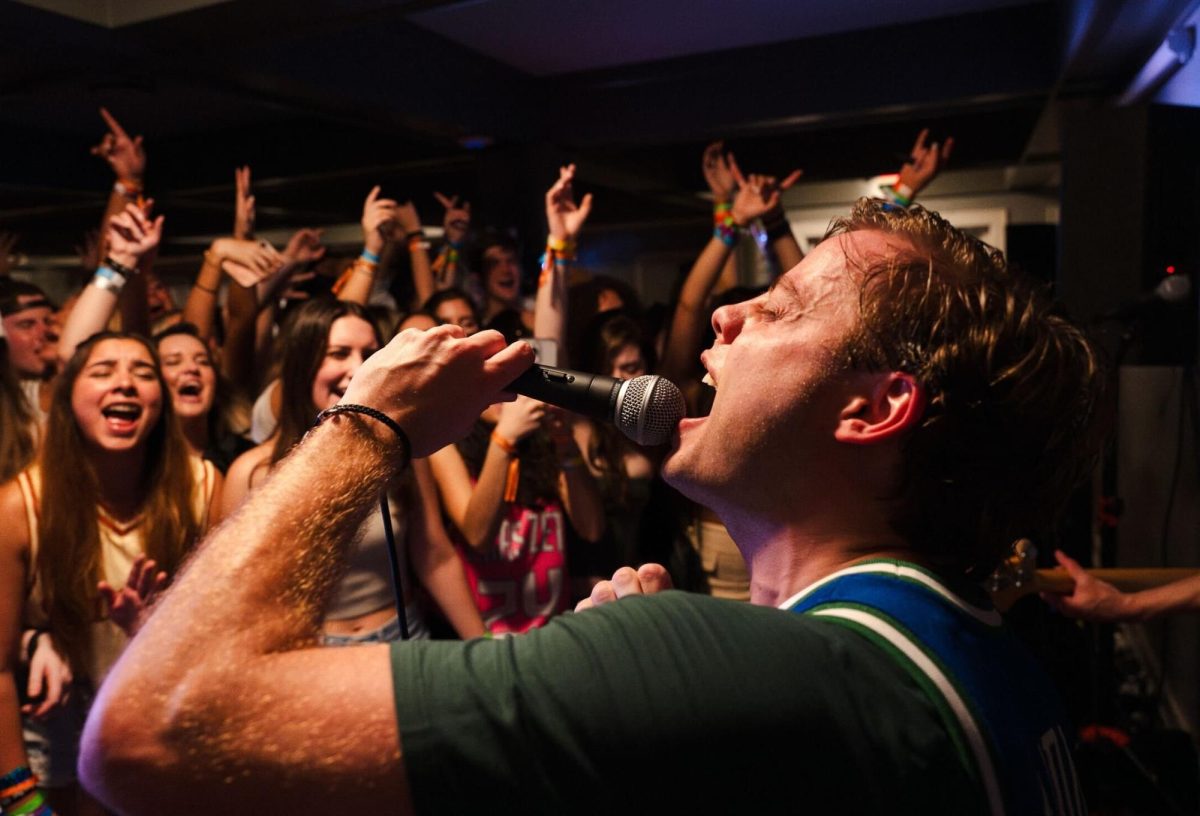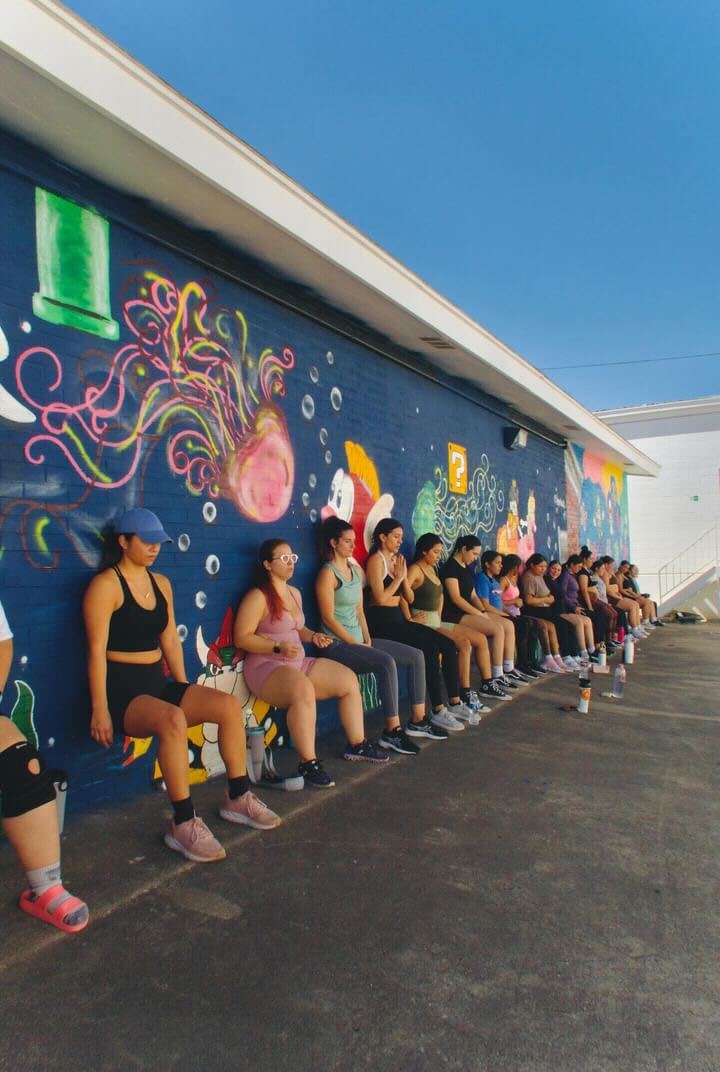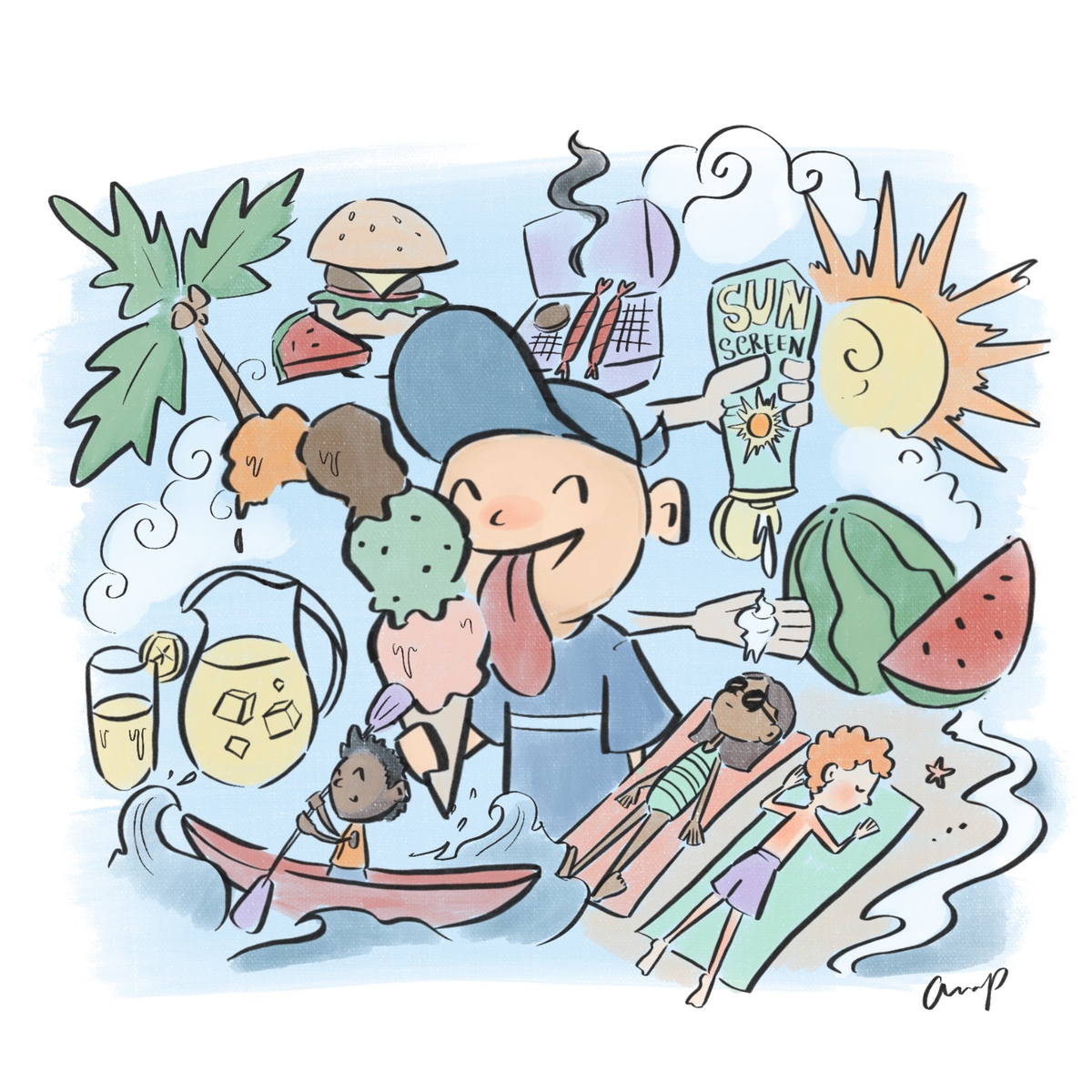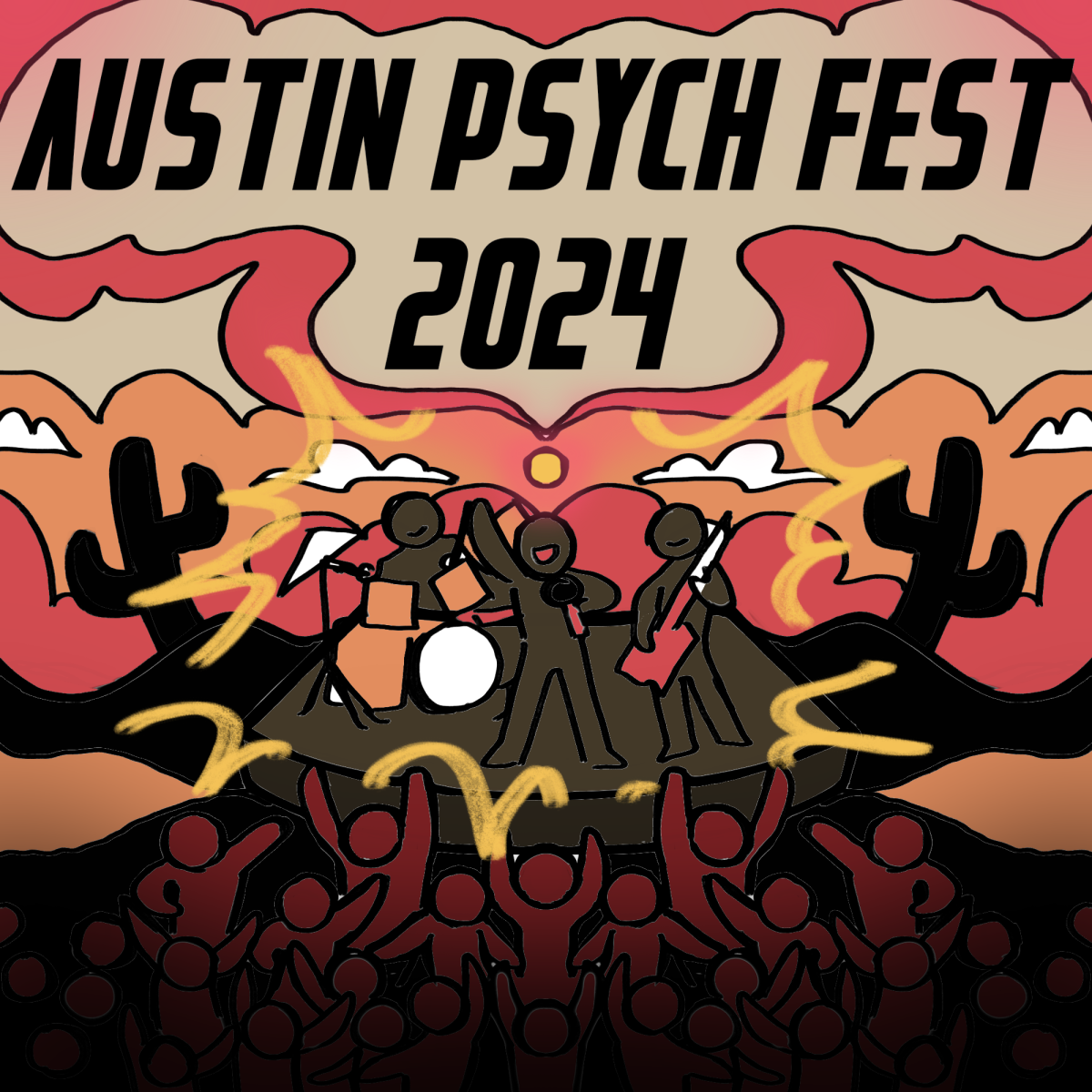Somewhere between assigned readings and the creation of the Facebook feed, the passion for stories we had as children got lost. Returning to reading isn’t easy. Lack of familiarity with literary authors can be intimidating, and unless you are an English major, tackling “classics” draws up traumatizing memories of rote memorization and plot analysis.
But fear no more. If you haven’t read for enjoyment since childhood, this is a list for you. You had a favorite book as a child, and we’ve found an adult counterpart. The first titles should be familiar, nostalgic of lemonade stands, first kisses and back-to-school clothes shopping. Their counterparts are older. Some of them pack a punch, leave a scar or heal a previous wound. They are all a great foray back into reading for fun and reading for you.
For the prairie girl
If you grew up pretending to live in a mud hut out on the open range, you were probably reading “Little House on the Prairie” by Laura Ingalls Wilder. The same golden grass waves through “My Antonia” by Willa Cather. Created out of immigration woes, childhood crushes, family deaths and heartbreak, “My Antonia” is a perfectly crafted American masterpiece that might just make you want to leave the city. Maybe.
For the adventurer
Sure, Shia LaBeouf’s then-Disney Channel stardom changed the way we think of Louis Sachar’s “Holes,” but the novel itself gave childhood a sense of fear and adventure. The unlikely hero, direct prose and visions of home that make “Holes” so beloved are also found in “The Brief and
Wondrous Life of Oscar Wao” by Junot Diaz. Oscar de Leon is no less overweight, nerdy or heroic than Stanley Yelnats IV, but Leon’s nights of drinking and smoking are more frustrating because they’re so much more relatable.
For the poet
Shel Silverstein’s “The Giving Tree” is precise in word choice and flow. Silverstein’s social, familial and environmental commentaries leap through the beautiful story of a boy who grows up with a tree. Hoa Nguyen’s earthy writing in her recently released collection of poetry, “As Long as Trees Last,” uses the same simple, careful language of Silverstein with harder commentary such as “We doom in nation rooms.”
For those who like to cry
You probably remember Katherine Paterson’s “Bridge to Terabithia” as one of the first books to rip your heart out and stomp on it in the creek where the two main characters built a fantasyland. The grown-up version feels the same. Toni Morrison’s debut novel “The Bluest Eye” powerfully tackles death, abuse, race, childhood and incest in a little volume full of heartbreak. The tears will come, but this time for society as much as
poor Pecola.
For an escape
What child didn’t dream about pushing open the wall of a hedge in a giant British garden to reveal not only a magical world, but also a bounty of family secrets? Frances Hodgson Burnett’s “The Secret Garden” created that dream-like experience, and Marilynne Robinson’s
“Housekeeping” can keep it alive. Though there are no giant shrubs, the little town of Fingerbone, Idaho, is quite the mystery in itself. It doesn’t hurt that Robinson’s thin
volume is packed with beautiful language that lingers.
For those enchanted by fantasy
“The Phantom Tollbooth” by Norton Juster is a fairy-tale story of a little boy who is transported to a magical world for the afternoon. Juster’s classic is a notorious favorite among English teachers for its exemplification of English idioms. “Midnight’s Children” by Salman Rushdie is known for much darker themes. Rushdie’s magical realism and sweeping prose will evoke Juster’s, and his themes of colonialism, revolution and sickness will remind you that there is still plenty to learn.
For the international explorer
The multi-cultural darling of the young-adult fiction world is Pam Munoz Ryan’s “Esperanza Rising.” Immigration and poverty issues are exemplified in the story of a young Mexican girl’s redemption and adjustment
during the Great Depression. “Small Island” by Andrea Levy, set in the British throes of World War II, follows four characters as they learn to survive and understand the war-torn society they live in. Levy’s grip on language and grasp of the time period create a whirlwind of emotion that is a pleasure to read.
For those who want to be special
The protagonist in Jerry Spinelli’s “Stargirl” was interesting, different and untied to social norms. Plus she was beloved by a total cutie. The women of Nell Freudenberger’s short story collection “Lucky Girls” are equally intriguing. The stories set in America, India, Thailand and Vietnam are led by characters who possess eccentricities perfect for the phase in between high school and settling down.
For those in sticky situations
“Anne of Green Gables” by Lucy Maud Montgomery is a novel about the sweeping Canadian countryside and what it’s like to have adopted parents who were hoping you’d be a boy. The book is imaginative, funny and has a happy ending that ties everything together better than a fairy tale. As adults, we’re less optimistic. Jesmyn Ward’s National Book Award winning “Salvage the Bones” treats hardship as it really is. The main character is just as creative and smart, but not granted the fairy-tale ending of her youthful counterpart.
For the feminists
Judy Blume taught many of us about first bras, sanitary pads and religious confusion when no else would. “Are You There God? It’s Me, Margaret” is a coming-of-age story peppered with all the controversy that makes growing up hard. Margaret Atwood, in her novel “Surfacing,” tackles feminism. The novel is a good next step for discussions about women’s rights, women’s bodies and the path through adulthood. And it’s wildly entertaining, which is ultimately why we loved reading in the first place.



